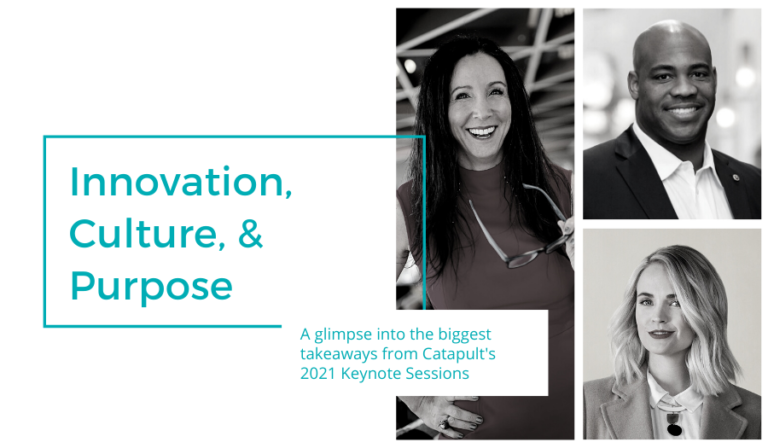Your sales process is very similar to your business; it’s constantly changing as you grow. Learn how making minor adjustments in your sales process can help you increase your closing rate and improve your overall sales conversion.
Whether you run the sales for your business, or you lead a sales team, the success of your business is highly dependent on the success of your sales process. Proper sales advisory for your business can help you improve this part a lot.
Elements like lead qualification, escalation, and conversion affect your bottom line, and without a process to analyze these elements, you could be leaving money on the table.
In working with hundreds of entrepreneurs, we’ve found that whether you are just building out a scalable sales process or fine-tuning a sales rep engine, there are three main areas you can focus on to increase efficiency in your sales process.
- Tactics to Create Urgency
- Tightening the Close
- Coaching your Sales Reps
This article will outline how to use urgency and trial closing to increase your closing ratio. We’ll also include a simple 4-step process you can use to coach your growing sales team to ensure you see consistency in your sales funnel.
Create a Sense of Urgency
Urgency is one of the best ways to increase sales conversion. But, creating that sense of urgency isn’t always easy.
Creating urgency is a tactic we see all the time: “Sale ends soon.” “Limited Supply.” “Act Now.”
These phrases provide a sense of scarcity and a deadline. It’s all about supply and demand. When supply is low, demand increases; often, companies will use FOMO (fear of missing out) in hopes of making a sale. And this method works. But urgency doesn’t have to be connected to supply/demand. Because creating urgency isn’t always about making a sale right now; it’s about speeding up the decision timeline for your prospect.
Urgency is about need. If you want people to feel a sense of urgency for buying your product or service, you need to know why they need it now.
To build urgency this way, follow this 3 step process:
- Help your prospects recognize their needs.
- Dig deeper. Make the conversation about them and their needs. You’d be surprised at the urgency you can create by allowing your prospect to come to their own conclusions.
- Be a problem solver. Communicate and share ideas on how to resolve problems or address concerns quickly.
The key is being able to recognize your customer’s needs through listening and observation. Once you allow your prospect to talk and absorb what they tell you, the ability to pick up on what they really need and why they need it should present itself. Additionally, it’s helpful to narrow the options to create focus around the decision process.
This process will help create urgency without pushing the prospect into making a decision they’re not ready for.
Once you’ve set up the urgency, you might think that it’s time to jump. It’s not. Don’t ask for the deal until you are confident that the answer will be yes. An easy way to tighten the close is through trial closing.
Tightening the Close
Trial closing puts a consumer in a buying mindset and helps them work through a decision live time while giving you the confidence and guidance to close at the right time.
Trial closing is akin to taking your prospect’s temperature to identify if they are ready to make a decision. It provides an opportunity to surface any objections before you ask for the sale.
The key to trial closing to ask questions throughout your meeting to gauge interest. It’s a form of validation that you are on track to close a sale. It helps to move people off the fence and brings clarity to what, if anything, needs to be solved to get the sale.
The following are some common trial closing questions.
- How do you feel about what we have discussed so far?
- What do you think about the solution I’ve shared with you?
- How does what we’ve talked about sound to you?
- Based on what you’ve heard so far, what are your questions?
- If you had your way, what changes would you make to the proposal?
The key is to ask open-ended questions one at a time. Give them the space to process your questions thoroughly to see whether they are ready to move forward.
The answer to these questions can indicate if the prospect is hot, warm, or cold:
- Cold: When a prospect’s response to your question is cold, it’s time to do some digging. Ask another question until you surface the real objection and go from there.
- Warm: When a prospect’s response to your question is warm, you need to strengthen your story. Slow down to connect how your solution will help with their pain points.
- Hot: When a prospect’s response to your question is hot, they’re ready. Ask for the sale.
Using trial closing questions is a natural part of the sales process. It makes the sale feel like a partnership rather than a one-way conversation. It engages the buyer and helps you understand where they are in the process.
Coaching Your Sales Team
Building urgency and trial closing are great ways to close the gap on an individual level. But when it comes to sales for your business, you want to make sure everyone is skilled in these tactics to provide prospects with a consistent experience.
Once you have a working process, you want to skill up your sales team. The easiest way to make improvements with your team is to run live coaching sessions.
At Cultivate Advisors, we use a simple 4 step coaching process.
Prepare for the Coaching Event
The first step in a coaching process is preparation both by the coach and the sales rep. Prep includes establishing a gap between current performance and desired performance and outlining the steps you need to take to close that gap, including defining the goal for each coaching session and determining how the learner wants to receive the feedback.
Perform the Coaching Event
Before the event, plan when to demonstrate the skill and when to observe the learner performing the skill. This will help to set the agenda of the session. Key things to keep in mind are where the learner is on the transition curve and how they will best learn the topic.
Get Feedback from Both Participants
Feedback after the coaching event allows the learner a chance to reflect and speak about their performance. The following questions can help to open the feedback door.- What went well?
– What would you change or improve next time? You can relate to these questions and more in how they fit with the goal or outcome established in step 1. When it’s your turn to provide feedback remember the initial goal(s) and how they asked to receive feedback. You want to remain descriptive and specific while providing positive and supportive feedback. It’s best to remain future-oriented during this phase and to validate key takeaways.
Schedule Follow Up
After feedback has been exchanged, establishing follow-up will help provide measurable objectives for the future. You want the learner to be able to implement the skill and feedback without being overwhelmed. Always schedule the follow-up or next session, be sure to keep the interval tight, so the graduated portion of the learning can take hold. Be sure to keep it simple; you only need 1-2 key things to follow up on.
Continuing to hold coaching events with your sales team will help you improve your sales conversion rate as your team grows.
Adding these tactics to your sales funnel will help you start closing more deals. If sales aren’t your strong suit, and you don’t know where to start, you don’t have to go at it alone. Schedule a free two-hour session to dig into your business.




